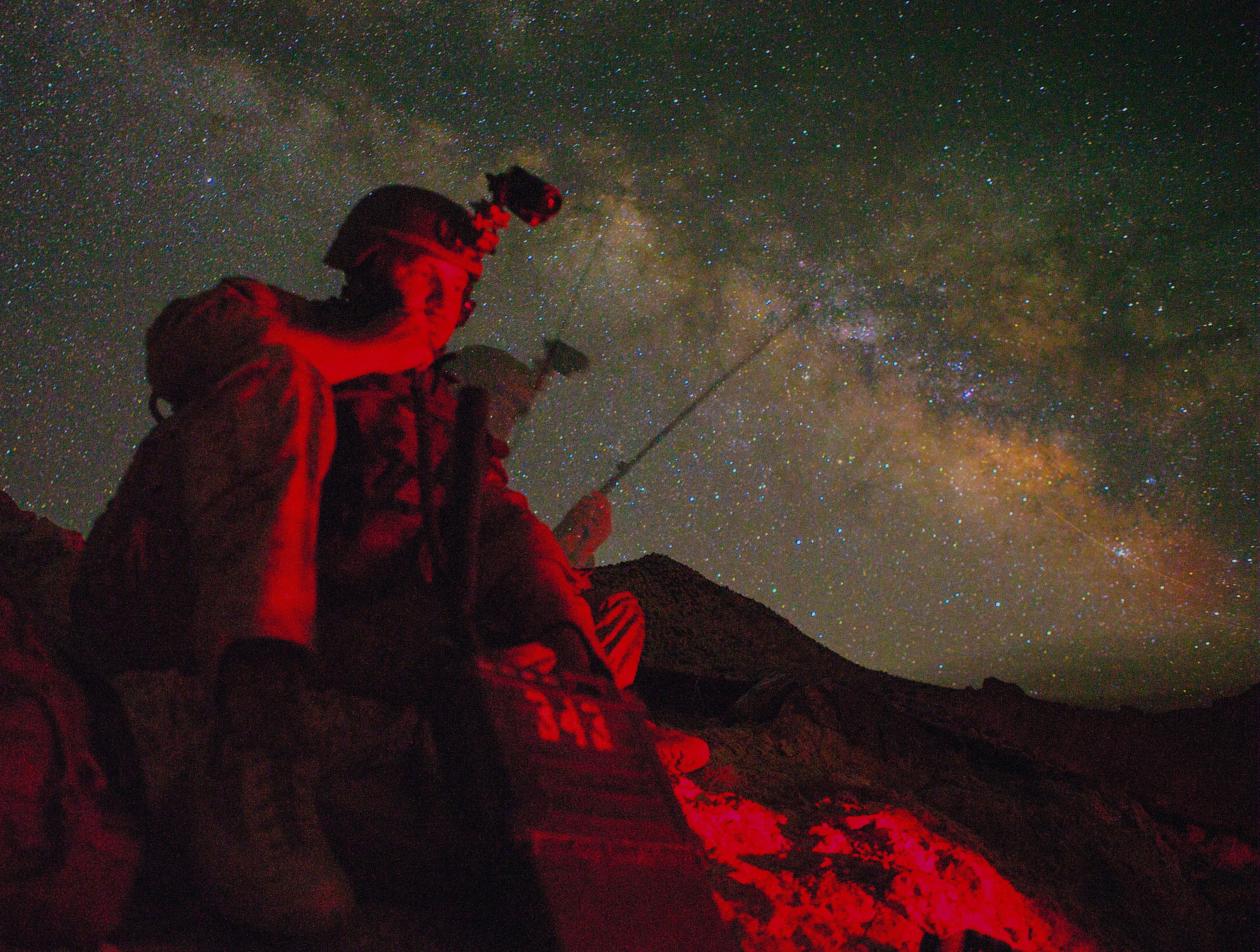
This post is part of a series of stories looking back at the top naval news from 2020.
2020 was a turning-point year for the Marine Corps. After previewing changes to come in his Commandant’s Planning Guidance released last year, Commandant Gen. David Berger released a Force Design 2030 document this year outlining major changes in how the service would operate and equip itself. No longer would the Marine Corps be a service schlepping around tanks for sustained ground operations; rather, it would be light and mobile, using small ships to maneuver around islands and shorelines to attack an adversary from all angles and challenge their ability to track and target the small and on-the-move units.
And Berger didn’t stop at just releasing the plan: divestments are starting, new units are forming, wargames and exercises are reflecting new concepts of operations.
“In my professional opinion, we have to change. We have to move out now,” Berger told lawmakers recently.
Force Design 2030
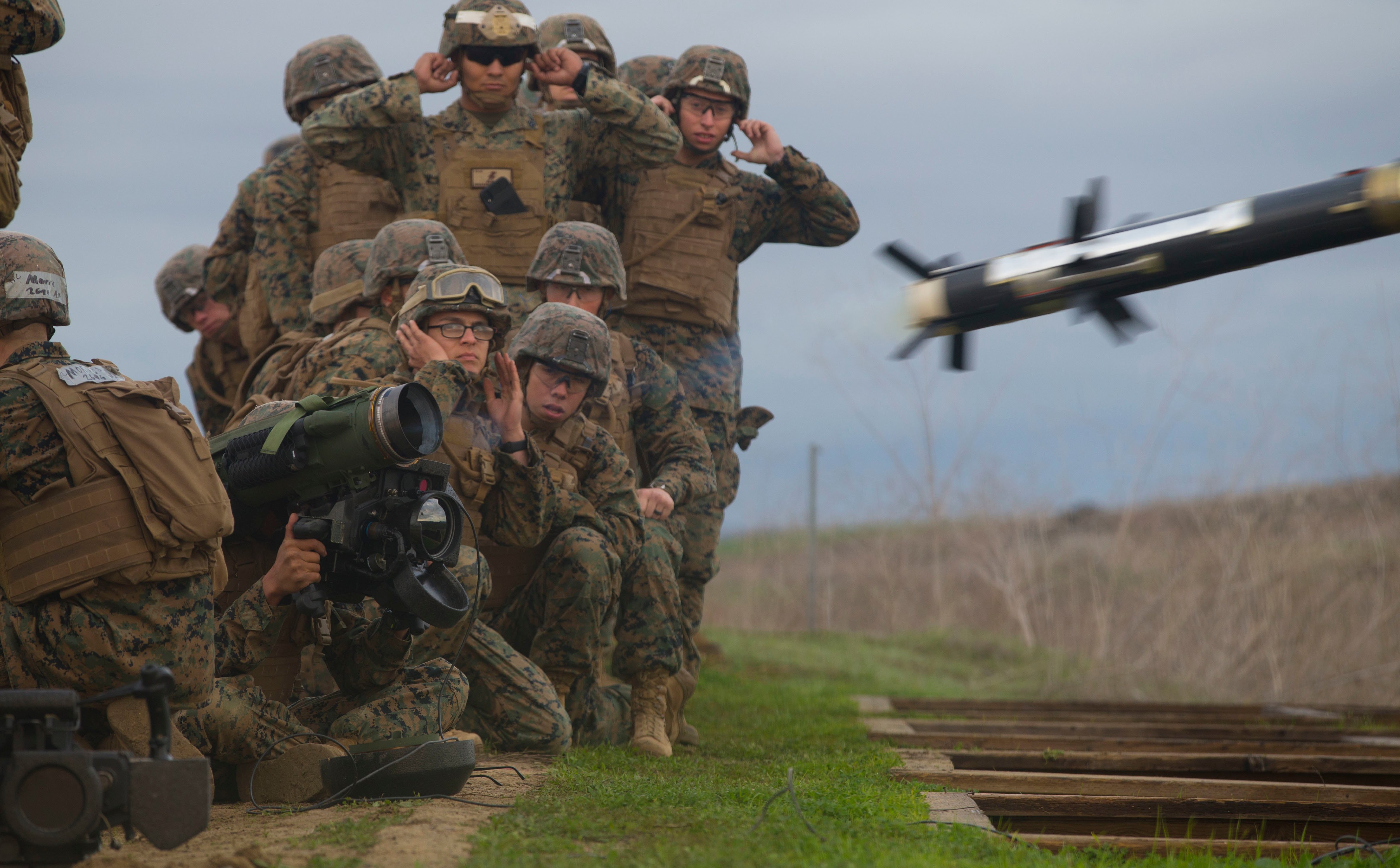
Berger released Force Design 2030 in March, laying out the first iteration of his vision of what the Marines needed to morph into to be successful in the future: a focus on maritime campaigning; close integration with the Navy, especially in sea control and sea denial missions; an emphasis on small units that could maneuver around islands and shorelines and bring with them logistics, anti-ship missiles, surveillance equipment, or whatever else the joint force needed dispersed throughout the battlespace.
In some ways, this vision was a culmination of everything the Marines had been working towards: many of the concepts relied on using the KC-130J on expeditionary runways and using the F-35B’s vertical takeoff and landing capabilities to get into remote areas. But in some ways it was wholly new: no longer would the Marines conducting these island-hopping missions start out aggregated on an amphibious warship, drop out the back of the well deck in a connector and then move ashore for operations; instead, the concept would rely on Marines on small ships that don’t exist today, such as a Light Amphibious Warship (LAW) that is habitable for the crew for longer durations of time but can also directly beach themselves to put Marines ashore.
The release of Force Design 2030 wasn’t the end of the effort, but rather the beginning of a massive wargaming, modeling and simulation, and live exercise bonanza that will stretch into next year.
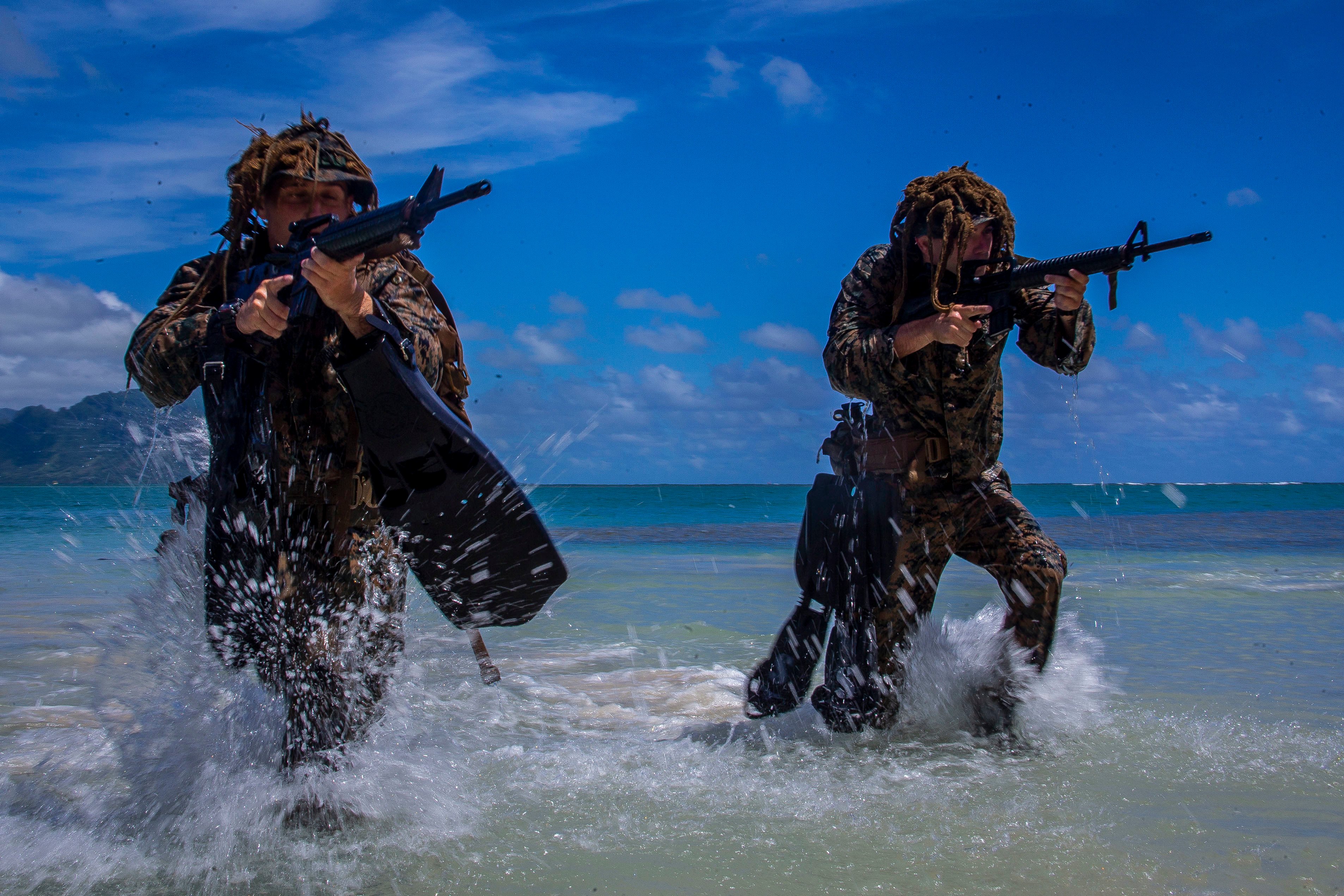
So far, the first Marine Littoral Regiment was stood up in Hawaii to start experimenting with things like long-range ground-based anti-ship missiles, as well as either LAW prototypes or surrogates to start understanding what operations might look like with these new units and new capabilities. The service also entered into Phase III of the Force Design effort, described as a “campaign of learning approach” where teams will basically stress test the plan as it exists today by asking difficult questions of it and seeking answers through wargaming and experimentation. Much of this learning will culminate in a massive 2021 Large Scale Exercise that will involve multiple carrier strike groups and amphibious ready groups and will focus on the new operating concepts: Distributed Maritime Operations (DMO), Littoral Operations in a Contested Environment (LOCE), and Expeditionary Advance Base Operations (EABO).
Though much is still to be learned through the ongoing campaign of learning, Berger is sure enough that they’re heading in the right direction to call for a restructure of Marine forces in the Pacific, to spread out beyond hubs in Japan and South Korea. While deterring China in the Pacific is his main focus now, later experimentation may look at creating alternate unit formations better tailored to challenging Russia in the North Atlantic, for example.
Of course, this is all coming at a time when defense budgets are expected to be flat or declining, so Berger said all along that he’d create a plan that the Marine Corps could pay for within its current topline. To do so, the service has taken a “divest to invest” strategy, announcing that “by the year 2030, the Marine Corps will see complete divestments of Law Enforcement Battalions, Tank Battalions and associated Military Occupational Specialties (MOS), and all Bridging Companies. Additionally, the Corps will reduce the number of infantry battalions from 24 to 21; artillery cannon batteries from 21 to 5; amphibious vehicle companies from 6 to 4; and reduce tilt rotor, attack, and heavy lift squadrons.” A further review would be conducted to see if the aviation reductions – specifically, limiting F-35 squadrons to just 10 aircraft each instead of 16 – should lead to a reduction in the planned buy from contractor Lockheed Martin.
F-35 Operations
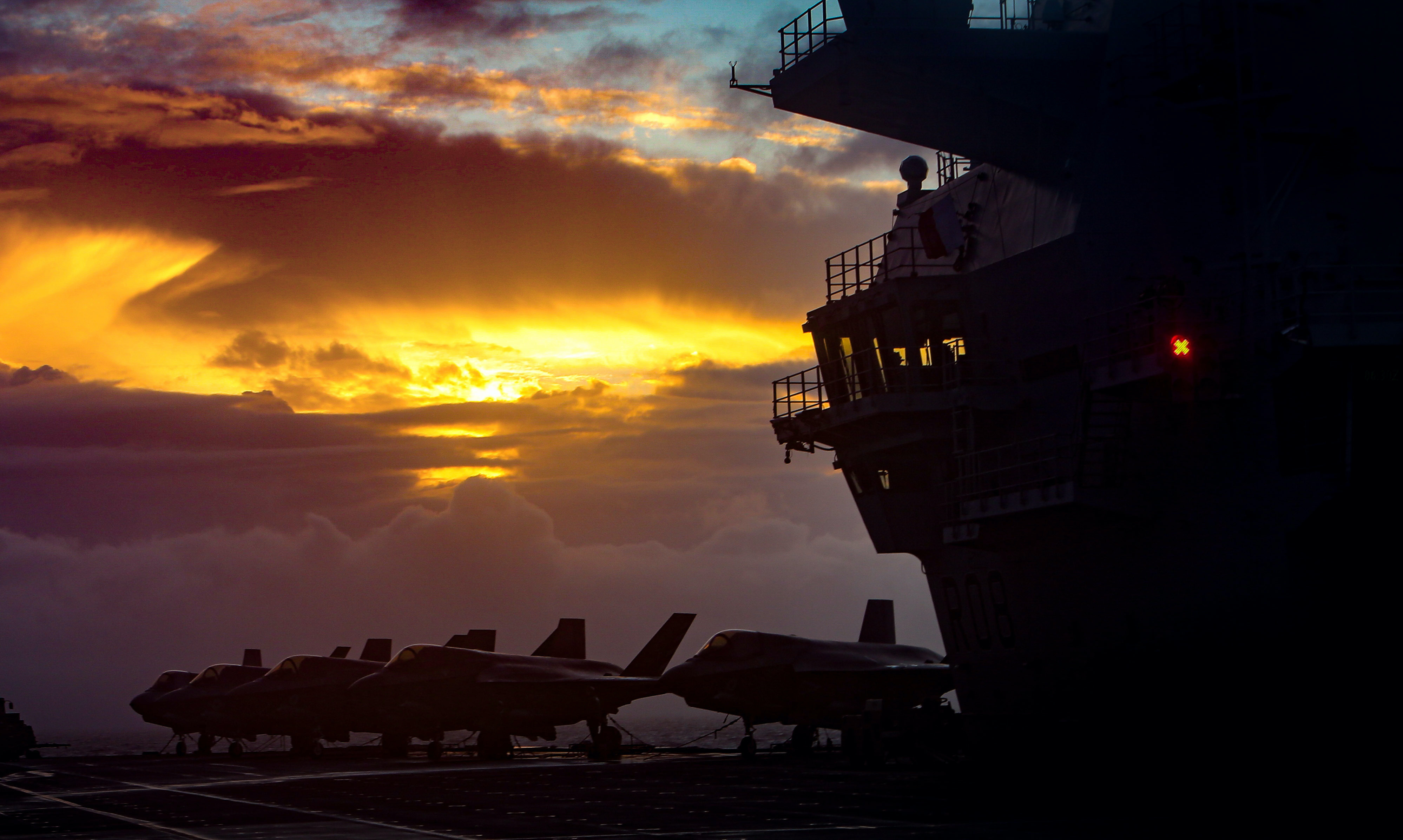
The F-35 Joint Strike Fighter was among the best examples this year of the Marines pivoting in stride and refocusing towards Berger’s vision. Though fielding the F-35B and C jets has been decades in the making for the Marine Corps, ongoing F-35B and nascent F-35C activities this year nested well into the priorities of Force Design.
After spending 2019 learning how to incorporate the vertical takeoff and landing F-35B into the Marines’ island-hopping EABO concept, they took it a step further this year: incorporating the carrier-based F-35C into those plans.
The Marines’ first F-35Cs began flowing into Marine Corps Air Station Miramar, Calif., in late January to support Marine Fighter Attack Squadron (VMFA) 314, the first squadron to transition to the next generation of carrier-based Marine aviation. In March the squadron was certified “safe for flight,” meaning they could train on their own without the supervision of the fleet replacement squadron, and earlier this month the squadron reached initial operational capability. Among the first things the squadron did after achieving IOC: demonstrating the ability to quickly rearm and refuel at expeditionary land bases, a centerpiece of EABO that will allow the Marines to stray far from their aircraft carriers and conduct stealthy missions on behalf of the joint force.
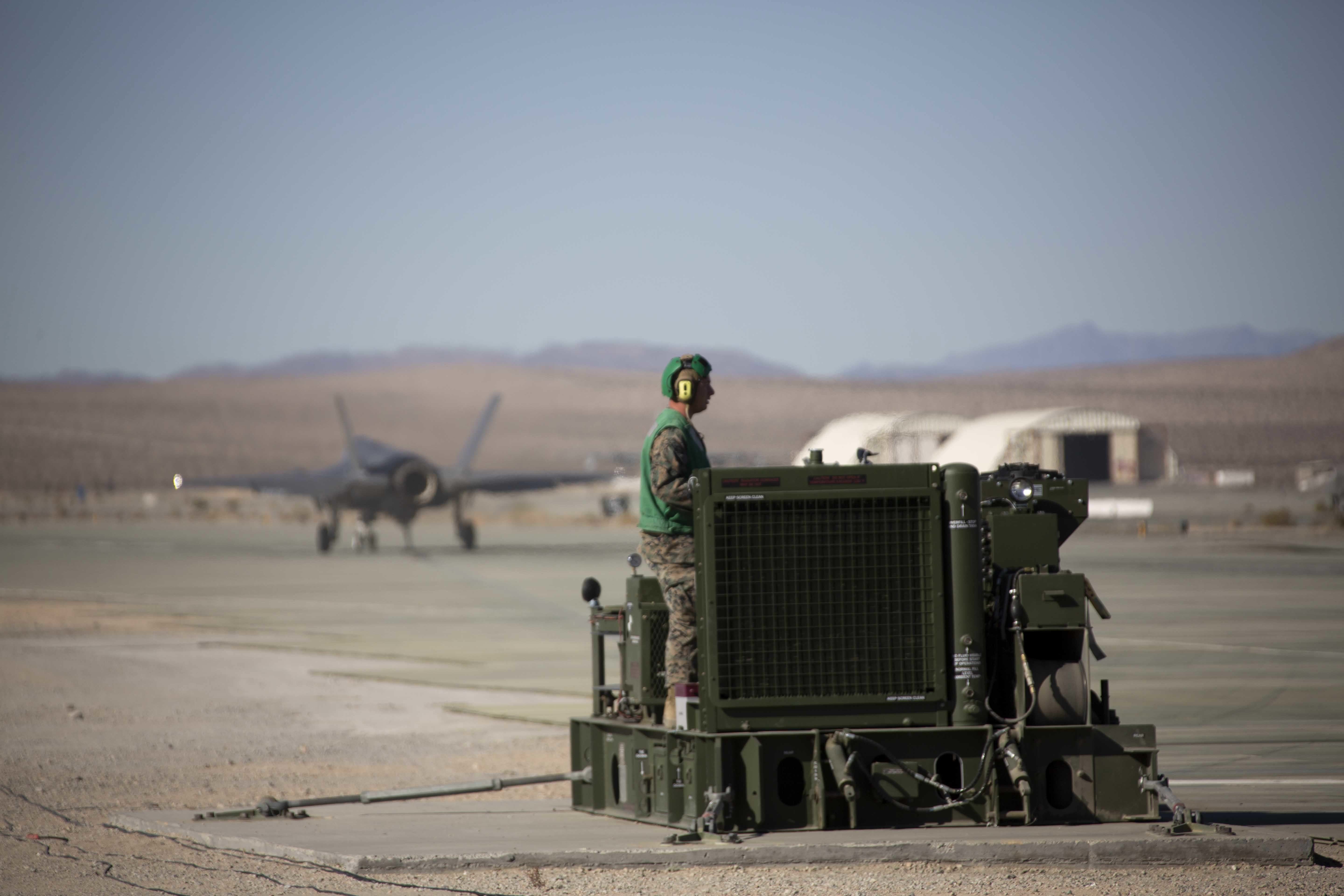
Noting an expected deployment in late 2021 aboard aircraft carrier USS Abraham Lincoln (CVN-72), Maj. Robert Ahern, a pilot with VMFA-314, explained the urgency of the expeditionary landing and refueling, saying that as early as next year “we may be called upon to execute expeditionary advanced base operations. We need to be able to do this. This is something that hasn’t been done yet with the F-35C.”
A second tenet of future military concepts that the Marines’ F-35 community has focused on this year is interoperability and close collaboration with allies. In September, the “Wake Island Avengers” of Marine Fighter Attack Squadron (VMFA) 211 flew to the United Kingdom to begin training ahead of a joint deployment aboard aircraft carrier HMS Queen Elizabeth (R08). The U.S. Marines and their U.K. counterparts conducted a group exercise and participated in NATO exercise Joint Warrior off Scotland.
“With a total of 14 jets and eight Merlin helicopters, it’s the largest concentration of fighter jets to operate at sea from a Royal Navy carrier since HMS Hermes in 1983, and the largest air group of fifth generation fighters at sea anywhere in the world,” the Royal Navy said at the time.
VMFA-211 will deploy with Queen Elizabeth in the spring.
Major Events
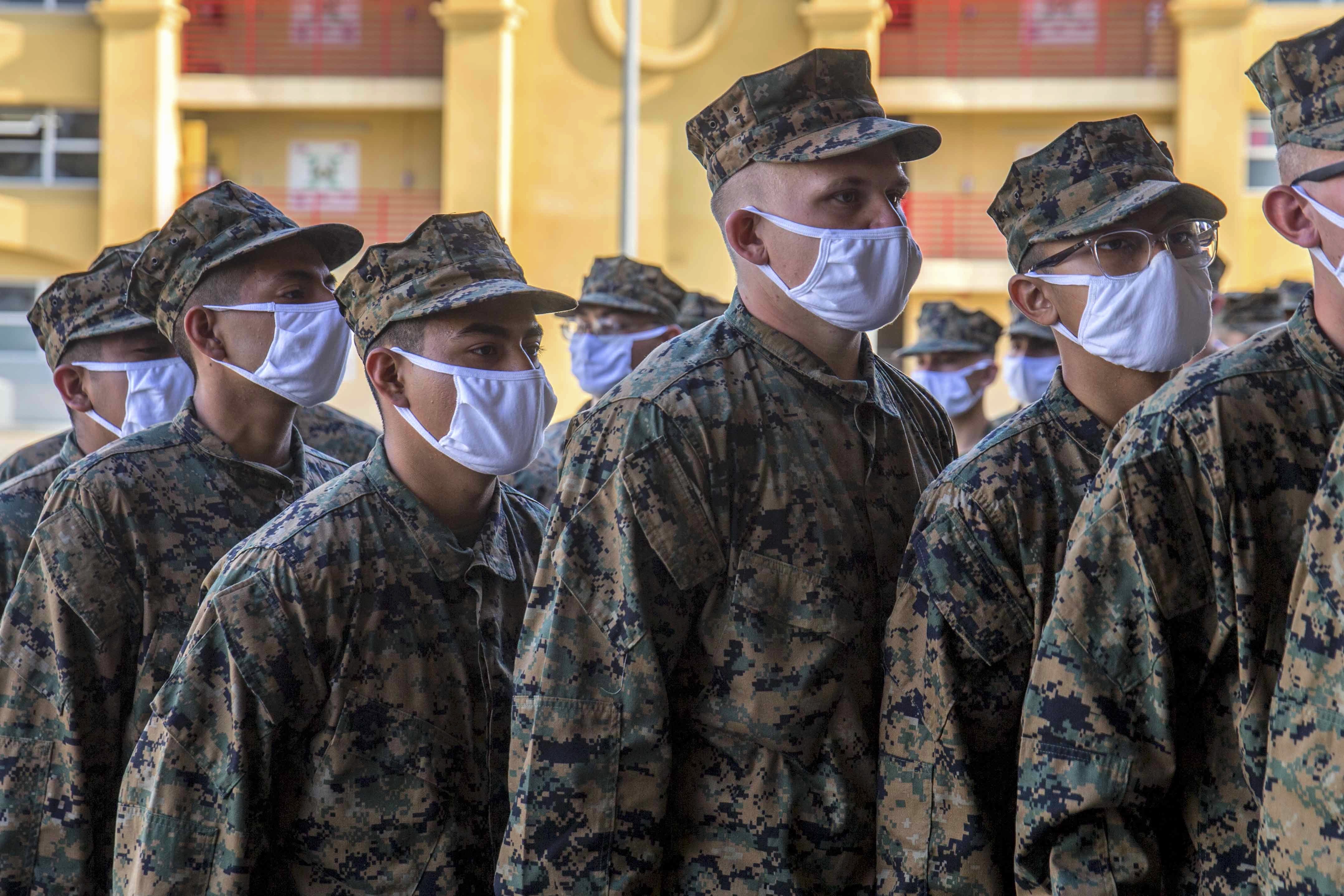
Despite the global COVID-19 pandemic – and the relative ease of blue-water navy exercises compared to the greater precautions needed for amphibious warfare and other ashore training drills – the Marines kept busy this year around the world.
Perhaps most challenging was the rotational deployment to Darwin, Australia, which was put on hold in March due to the growing pandemic.
In May, the service announced it would resume its annual rotational deployment after Australia agreed to grant an exemption to its COVID-19 travel restrictions. The Marine Rotational Force-Darwin (MRF-D) would involve about 1,200 Marines – just half the originally planned 2,500, due to COVID – who would train in the Northern Australia region. All were required to quarantine for 14 days upon arrival in Australia, with COVID tests being given at the beginning and at the end of the quarantine period.
Though a smaller group than originally planned, with no manned aviation assets deploying this year – but some unmanned aircraft for intelligence-gathering – the group worked with their Australian counterparts on increased interoperability in command-and-control, fire support coordination and aviation planning.
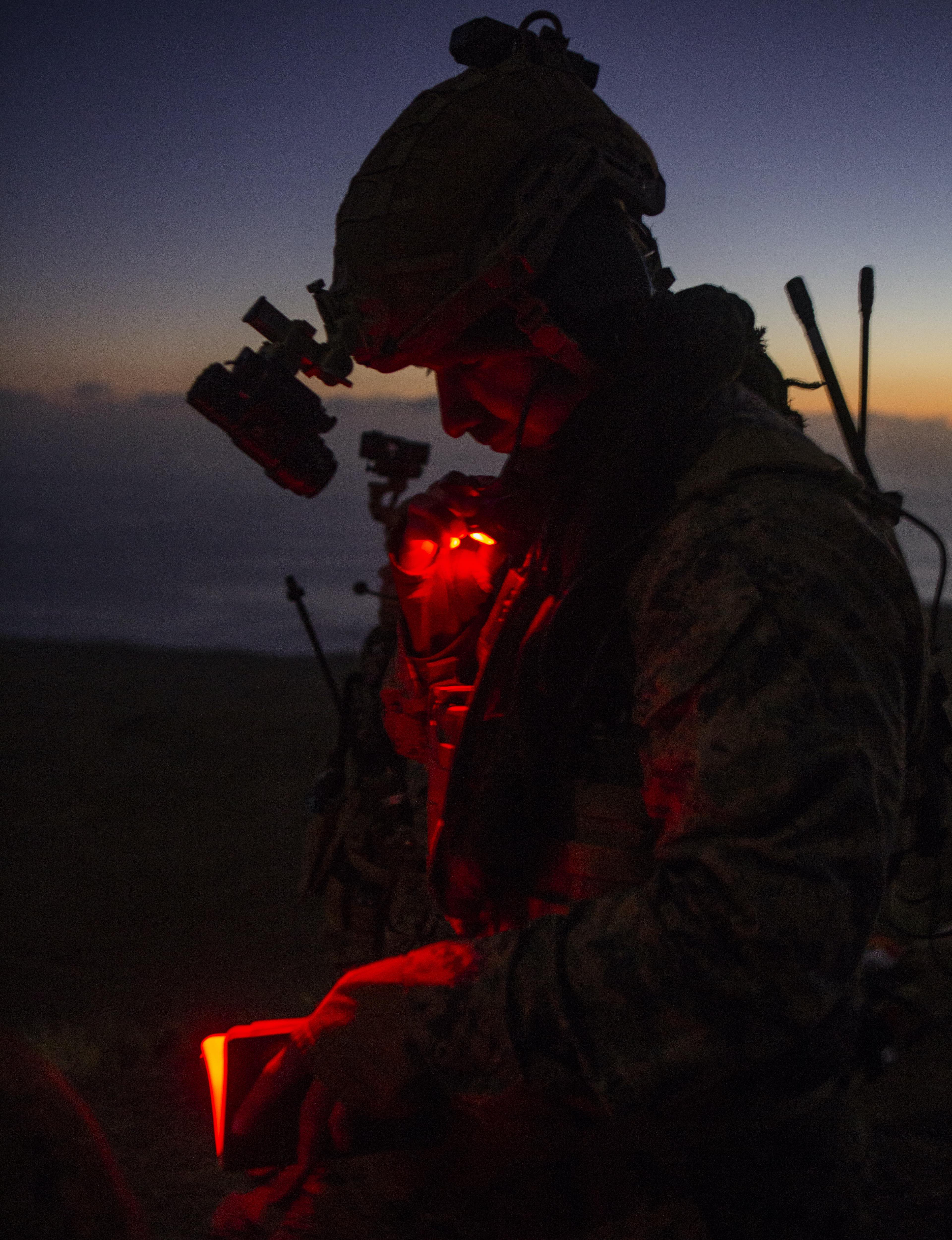
Prior to the pandemic, the annual bilateral Iron Fist exercise at Camp Pendleton, Calif., took place in January and February to help improve the capability of Japan’s first Amphibious Rapid Deployment Brigade, which stood up in 2019 and will reach full capability next spring. About 310 Japan Ground Self-Defense Force soldiers came to California to operate off USS Pearl Harbor (LSD-52) and USS Portland (LPD-27), with an emphasis on infantry, amphibious assault vehicle, reconnaissance and medical training.
Japan established the ARDB to better position its self-defense forces to thwart off and defend incursions into its 3,000-plus islands — particularly in the southwest, including the disputed Senkaku Islands in the East China Sea.
Later in the year, Marines out of California were involved in fighting historic wildfires up and down the West Coast. In September Marine Wing Support Squadron 373 deployed to support the aerial firefighting mission on the Slink Fire, which spread onto training areas of the Marine Corps Mountain Warfare Training Center north of Yosemite National Park. Later in the month, 7th Engineer Support Battalion under 1st Marine Logistics Group at Camp Pendleton was trained for ground firefighting and divided into strike teams that would be paired with a corpsman and an experienced professional firefighter. The Marines ended up at the August Complex Fire, where they were given extra responsibilities such as protecting a helicopter landing pad from the encroaching fire.
Accidents and Safety

Eight Marines and a sailor died when their amphibious assault vehicle sank off the coast of California on July 31.
Fifteen Marines and a sailor from 15th Marine Expeditionary Unit were aboard the AAV that had been training on San Clemente Island and then swam into the water to return to USS Somerset (LPD-25). They reported taking on water, and while eight Marines were recovered immediately – one of whom was pronounced dead at the hospital shortly afterwards – seven Marines and the sailor were still missing.
Submarine support ship HOS Dominator was brought in the next day to assist in the search and rescue, and the Marine Corps paused all AAV operations. By Aug. 2, the Marine Corps declared the missing men presumed dead and transitioned to a recovery operation.
The sunken AAV and human remains were located on Aug. 4 and recovered Aug. 8.
Two investigations were launched – a Naval Safety Center Investigation and a Command/Line of Duty Investigation – and Commandant Berger said at a recent hearing that the command investigation was nearing its conclusion but that it hadn’t reached his desk yet. Still, in October the commander of the battalion landing team was relieved of command.
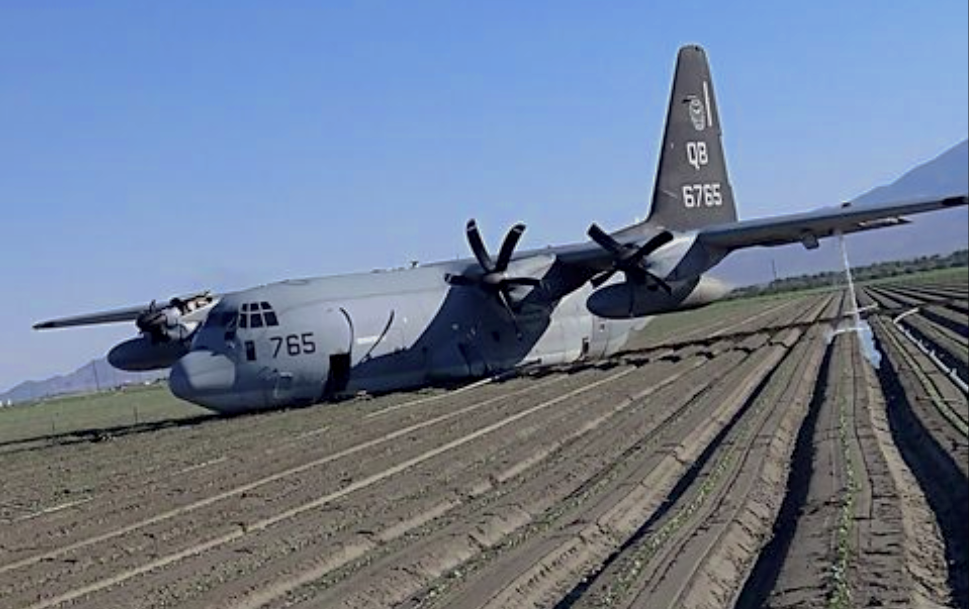
In Marine Corps aviation, a KC-130 and a F-35B collided in air on Sept. 29 during a mid-air refueling. The F-35B pilot safely ejected. In a feat of fantastic flying, the KC-130 pilot from Marine Aerial Refueler Transport Squadron (VMGR) 352 lost two engines, had a potential fire onboard, had just partial control of the aircraft, and yet landed safely in a farm field and saved all Marines onboard.
An MV-22B Osprey belonging to Marine Medium Tiltrotor Squadron (VMM) 163, based at Marine Corps Air Station Miramar, was extensively damaged while parked at a general aviation airfield near the U.S.-Mexico border. While the aircraft was unattended, a skydiving plane rolled into it, damaging the left engine compartment, wing and landing gear and both propellers.
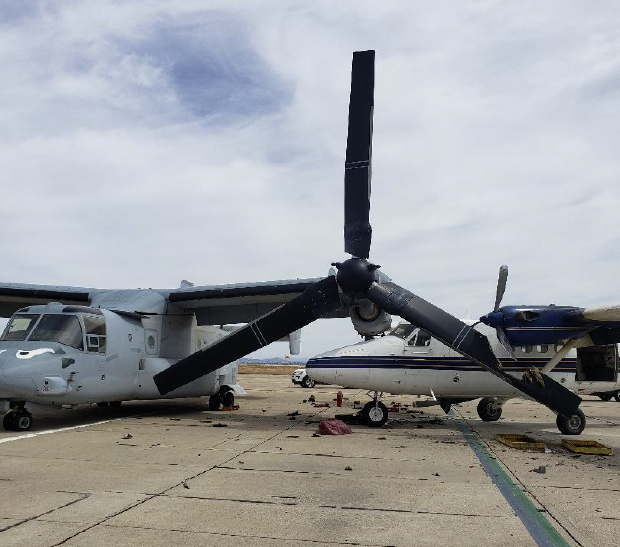
In March, two Marine Raiders were killed in northern Iraq while supporting Iraqi Security Forces in the fight against ISIS.
In July, an early morning shooting at Marine Corps Air Ground Combat Center Twentynine Palms, Calif., temporarily locked down the training grounds. After investigating, police determined a Marine died of a self-inflicted gunshot wound.





